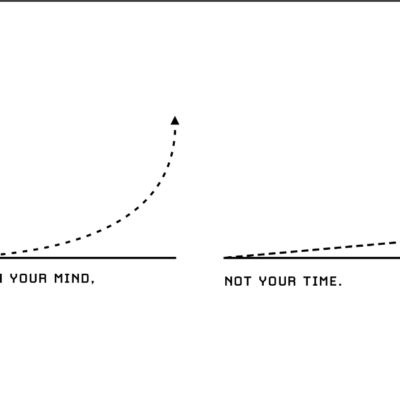Happens rarely
Brainstorming is partly art, partly skill.
It’s not a cut-and-dried process which will give you results every time you do it. You must learn to do it well.
That is possible only through practice. If you brainstorm once a month, it’s like going to the gym once a month. Your (mental) muscles won’t develop.
So how do you brainstorm more often? I think the best advice Richard Hamming gave was to always keep a few important problems at the back of your mind. He said:
Great scientists have thought through, in a careful way, a number of important problems in their field, and they keep an eye on wondering how to attack them.
Maintain a list of important problems and sub-problems you need to solve. Brainstorm on them as often as you can.
Does not generate wild ideas
Atari was a pioneer in the video game market in the 70’s and 80’s. I once came across their old archives. Among them were notes from a brainstorming session. Those notes blew my mind.
In that meeting, a fun question was asked to the participants, something akin to “If you had unlimited resources, what would you build?”
The answers were truly creative. One of the participants answered, “A machine which would let us to talk to the trees.”
This says a lot about the culture at Atari. People were comfortable sharing crazy ideas.
Do you people often shoot down other’s ideas during your brainstorming discussion? If yes, then your team members might be filtering out bold ideas. They might fear being judged for being ‘unreasonable’.
Whatever be the reason – you must discover and fix it. Every radical innovation first comes up as a wild idea. Without wild ideas, you can only do incremental innovation.
No synergy in ideas
Nothing kills a brainstorming session quicker than participants sticking to, and trying to prove the merit of their own ideas. It is a sign that the participants are more concerned with their own contributions than coming up with a truly better solution.
This problem is relatively easy to fix. Appoint a facilitator. The facilitator can ask the participants to direct everyone’s attention towards particular solutions one by one, “Okay, let’s everyone now think about how idea #3 can be improved.”
Same old ideas
Teams are often asked to brainstorm on the same problem repeatedly.
This is normal because problems don’t just immediately disappear whenever a first series of solutions are implemented. What’s needed are new ideas.
It often happens, however, that teams keep on circling around the same old solutions. They keep coming up with minor variations of old ideas. This is clearly a problem. Linus Pauling has said:
The best way to get a good idea is to get a lot of ideas.
To avoid such repetition, it is best to keep a record of the ideas generated in past brainstorming sessions, and show them visibly (e.g., on a whiteboard) at the beginning of the session. Now the team is likely to think beyond.
If your team still cannot come up with new ideas, it might be because you have formulated the problem too narrowly – the classical case of slow elevator story. You can overcome this hurdle by rephrasing the problem
Another help would be to boost your team’s creativity. How can you do that?
When we are exposed to a lot of ideas, our brains get better to seeing new possibilities and coming up with new ideas. You can begin doing this right away by getting your team to join our mailing list. We keep sharing how other companies are solving their problems in innovative ways, from which your team can draw inspiration.
Too structured
Managers often do the grave mistake of orchestrating a brainstorming session like a regular meeting. For example, they might go across the table, giving each participant two minutes to share their thoughts.
This hampers ideation.
Instead of absorbing and building upon other’s ideas, participants just wait for their turns. When others are sharing their ideas, they are usually focused on what to say when their turn comes up.
Fortunately, this problem is easy to fix – the manager should avoid being the facilitator. It might also help to just skip the session because people are more likely to share wild ideas when there is no superior in the room to judge.


